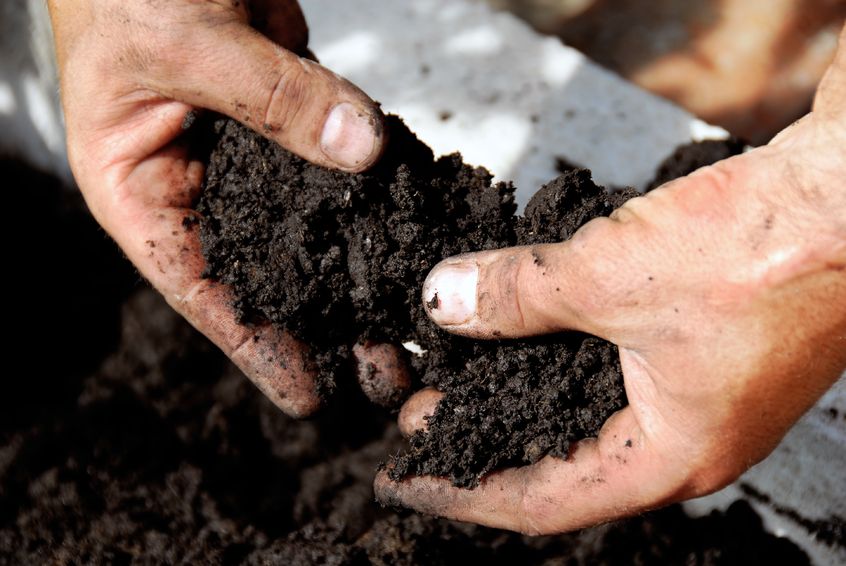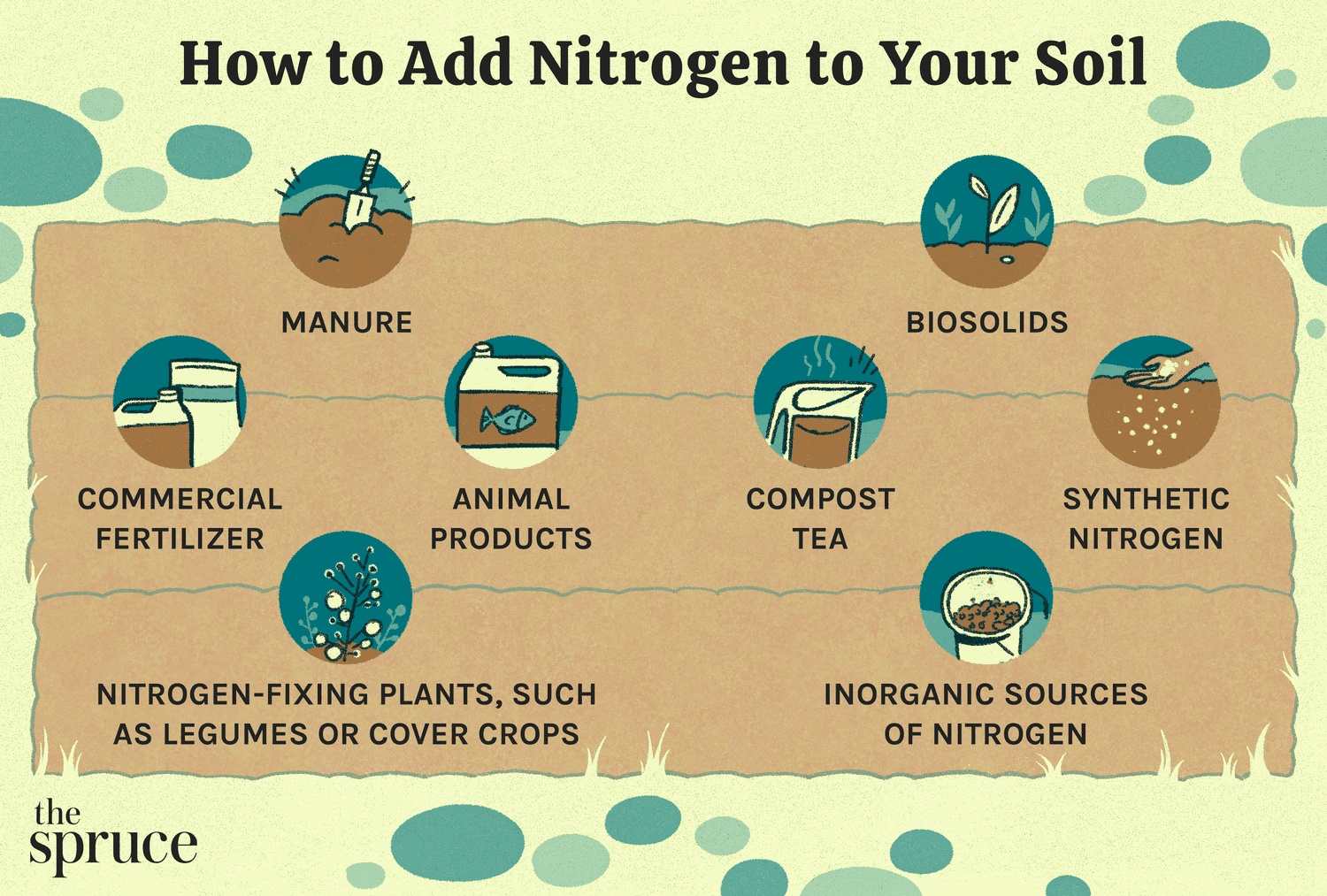How to Use Coconut Coir for Soil Improvement
Coconut coir, also known as coco peat, is a natural fiber extracted from the husk of coconuts. It is a versatile and sustainable resource that can be used for a variety of applications, including soil improvement. Coconut coir is an excellent alternative to peat moss and can help improve the structure of soil, increase water retention, and promote healthy root growth in plants. In this article, we will explore how you can effectively use coconut coir for soil improvement in your garden or landscaping projects.
1. Choose the Right Type of Coconut Coir
There are several types of coconut coir available on the market, including coco peat, coco chips, and coco fiber. Coco peat is the most commonly used form of coconut coir for soil improvement. It is a byproduct of the coconut fiber industry and is often sold in compressed blocks or bales. Coco chips are larger pieces of coconut husk that can be used for mulching, while coco fiber is a stringy material that can help improve soil aeration.
2. Prepare the Coconut Coir for Use
Before using coconut coir in your garden, you will need to prepare it for use. If you have purchased compressed blocks of coco peat, you will need to break them apart and soak them in water. This will help expand the coir and make it easier to work with. Once the coir has absorbed water and expanded, you can fluff it up with a rake or garden fork to make it ready for use.
3. Mix Coconut Coir with Soil
To improve the structure of your soil, you can mix coconut coir with your existing soil. Simply add the fluffed-up coir to the soil in a ratio of 30% coir to 70% soil. Mix the coir into the soil thoroughly to ensure even distribution. Coconut coir can help improve soil aeration, increase water retention, and provide a rich source of organic matter for your plants.
4. Use Coconut Coir as Mulch
In addition to improving soil structure, coconut coir can also be used as a mulch to help retain moisture and suppress weeds. Simply spread a layer of coir mulch around your plants and garden beds to help keep the soil moist and prevent weed growth. Coconut coir mulch is biodegradable and can be easily incorporated into the soil once it has decomposed.
5. Use Coconut Coir for Seed Starting
Coconut coir is a great medium for starting seeds due to its excellent water retention properties. You can use coco peat as a seed starting mix by adding water to expand the coir and then filling seed trays or pots with the moist coir. Coconut coir provides a sterile and lightweight medium for seeds to germinate and grow, making it an ideal choice for starting plants from seeds.
6. Rehydrate and Reuse Coconut Coir
Coconut coir is a reusable resource that can be rehydrated and used multiple times. After using coconut coir in your garden or landscaping projects, you can simply dry it out and store it for future use. When you are ready to use it again, soak the coir in water to rehydrate it and fluff it up before mixing it with soil or using it as mulch.
7. Conclusion
Coconut coir is a versatile and sustainable resource that can help improve the structure of soil, increase water retention, and promote healthy root growth in plants. By following the tips outlined in this article, you can effectively use coconut coir for soil improvement in your garden or landscaping projects. Give coconut coir a try and see the benefits it can bring to your plants and soil!



